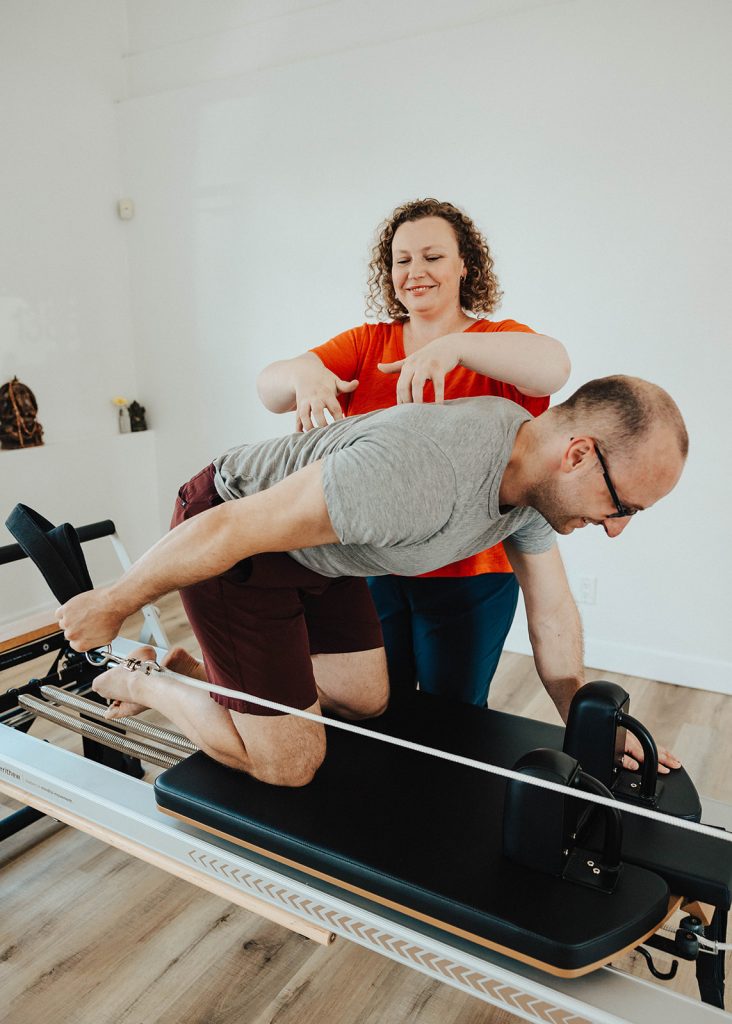Rethinking Posture
This might be an unconventional opinion, but posture often gets given more credit than it deserves. It’s a helpful assessment tool that physiotherapists and movement specialists use, but it’s not the ultimate goal to achieve. Clients don’t need to walk out of a session able to hold a “neutral spine” at all times. That’s not realistic, or even the point.
Different postures give us the opportunity to access certain muscles more effectively. When a client leaves, the real win is knowing that muscles are able to activate, so they can start noticing those same sensations in everyday life. It’s a little like working out at the gym. The next day, when you lift something, you feel that soreness and think, “Right, I worked that muscle yesterday.”
What Posture Really Means
By definition, static posture is simply a body position that can be sustained over time. We have both static and dynamic postures. Dynamic where we can come into the posture and out of the posture, like a moment in walking. Whereas a static posture might be something like standing or sitting.
Take terms we use in Pilates like “neutral spine” (the pelvis level while lying on your back) or “imprint” (back gently connecting with the mat). They’re not meant to be fixed positions you rigidly hold once you leave the studio. In sessions, the springs give you support and challenge, helping you feel and recruit muscles that aren’t always accessible against gravity alone. That sensory learning is what transfers into the real world: your body starts to organize itself more efficiently in motion, which often means less strain and less pain.

Posture Is About Choice, Not Perfection
Think of it this way: Have you ever learned tennis and felt stronger hitting forehand? What happens when the ball comes to your backhand side? You could sprint across the court and turn to your dominant side again to keep hitting forehands, but that’s harder to sustain at higher levels of play. The better option is to train both forehand and backhand.
Posture works the same way. Training in different positions gives your body more options, so you can choose the most efficient, effective way to move in any situation.
The Takeaway
Pilates doesn’t ask you to hold one “ideal” posture forever. Instead, it helps you build awareness and strength in multiple positions, so you can carry that variety and choice into everyday life.
Want to explore how posture can support your movement and reduce pain? Book a session with one of our physiotherapists or Pilates instructors today.